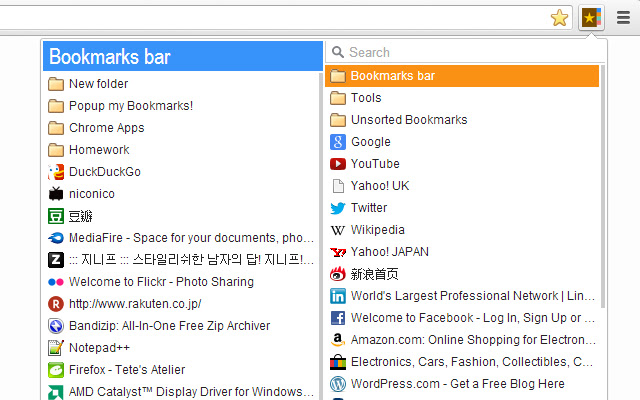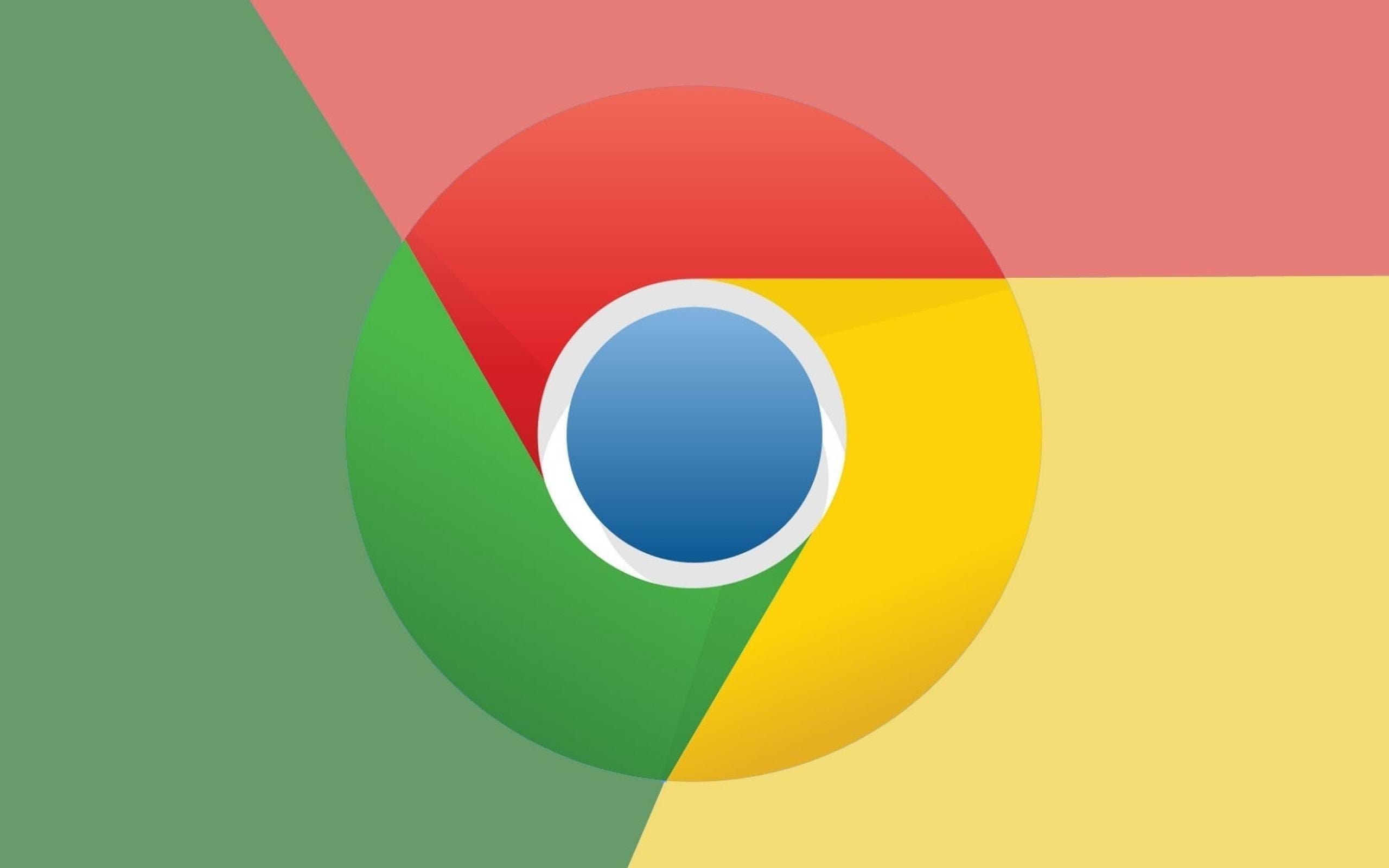
Now more simple, secure and faster than ever. Note that we do not enforce gesture requirement.Download the new Google Chrome for your iPhone and iPad. The best practice we suggest is to use silent mode when there is no user gesture involved and use interactive mode if there is a user gesture (for example, the user clicked the Sign In button in your app). This is useful in cases when an app is doing the flow at app startup, for example, or in general in cases where there is no user gesture involved. If you invoke the API in silent mode, the API will only return a token if the provider is able to provide a token without showing any UI. If you invoke the API in interactive mode, the user is shown UI, if necessary, to get the token (signin UI and/or approval UI or for that matter any provider specific UI). When calling launchWebAuthFlow, you can pass a flag ( 'interactive': true in the example above) indicating whether you want the API to be called in interactive mode or not (aka silent mode). The app should extract the token out of the URL.
My google chrome apps full#
It will then redirect to Ĭhrome will capture that and invoke the callback of the app with the full redirect URL. The provider will perform authentication and if appropriate, will show login and/or approval UI to the user. For example, let us say that you are performing OAuth2 flow with a provider and have registered your app with client id 123456789012345 and you want access to user's photos on the provider's website: redirect_uri= The is whatever the URL is to do auth to the provider from a website. Here's the sample "oauth2" for the gdrive sample: "oauth2" : )
My google chrome apps update#
You need to update your manifest to include the client ID and scopes. # Update your manifest with OAuth2 client ID and scopes Warning: If the app ID here does not match your app ID, an error will occur when your app calls getAuthToken().
Once created and named, go to the "Services" navigation menu item and turn on any Google services your app needs.Create a new project by expanding the drop-down menu in the top-left corner and selecting the Create.

Login to the Google APIs Console using the same Google account used to upload your app to the Chrome Web Store.You need to register your app in the Google APIs Console to get the client ID: Copy the "key" in the installed manifest.json and paste it into your app's source manifest file.Open the installed manifest.json (pico is a quick way to open the file). Go to the installed app directory (this will be a version within the app ID).List the installed apps and extensions and match your app ID on the apps and extensions management page to the same ID here.Example on MacOs: ~/Library/Application\ Support/Google/Chrome/Default/Extensions
It's not the most graceful task, but here's how it goes: To keep your application ID constant, you need to copy the key in the installed manifest.json to your source manifest. Therefore it's important to have a consistent application ID during development. When you register your application in the Google OAuth console, you'll provide your application's ID, which will be checked during token requests.

You can then upload your app to the apps and extensions management page (see Publish). You need to make sure the identity permission is in your manifest.


 0 kommentar(er)
0 kommentar(er)
